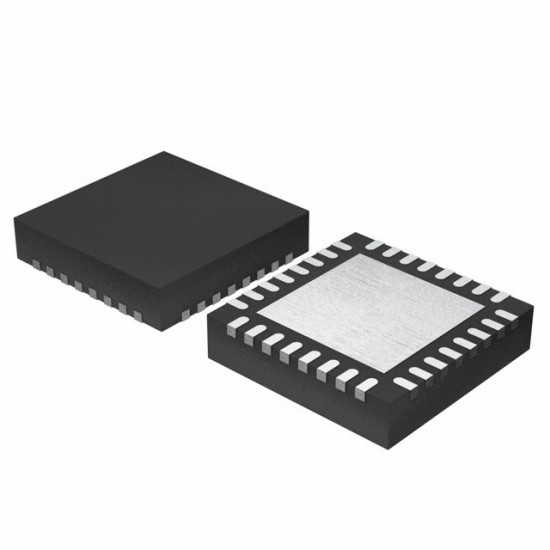
B2B GST Credit Available
- Stock: 1 in Stock
- SKU: 04525
- Delivery Time
- Bulk & B2B RFQ
AT86RF212-ZU Transceiver 32-VFQFN
The AT86RF212 single-chip RF transceiver provides a complete radio interface between the antenna and the microcontroller. It comprises the analog radio part, digital modulation and demodulation, including time and frequency synchronization, as well as data buffering. A single 128 byte TRX buffer stores receive or transmit data. Communication between transmitter and receiver is based on direct sequence spread spectrum with different modulation schemes and spreading codes.
The number of external components is minimized so that only the antenna, a filter (at high output power levels), the crystal, and four bypass capacitors are required. The bidirectional differential antenna pins are used in common for RX and TX, i.e. no external antenna switch is needed. Control of an external power amplifier is supported by two digital control signals (differential operation).
The AT86RF212 supports the IEEE 802.15.4-2006 standard mandatory BPSK modulation and optional O-QPSK modulation in the 868.3 MHz and 915 MHz bands. In addition, it supports the O-QPSK modulation defined in IEEE 802.15.4c-2009 for the Chinese 780 MHz band. For applications not necessarily targeting IEEE compliant networks, the radio transceiver supports proprietary High Data Rate Modes based on O-QPSK.
The AT86RF212 features hardware supported 128 bit security operation. The standalone AES encryption/decryption engine can be accessed in parallel to all PHY operational modes. Configuration of the AT86RF212, reading and writing of data memory, as well as the AES hardware engine are controlled by the SPI interface and additional control signals.



